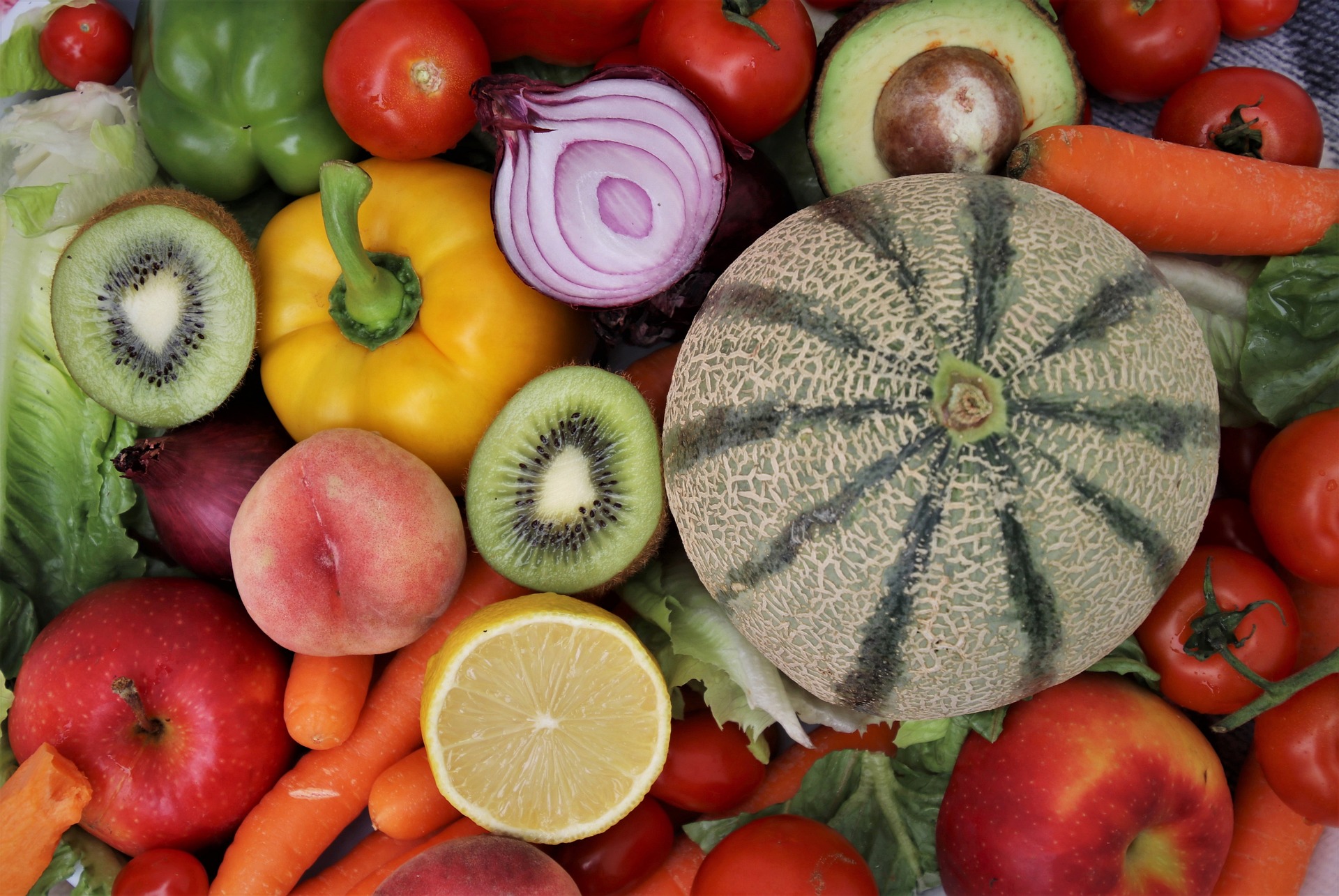Can You Get Enough Vitamin A From Plants Alone?

PREMIUM CONTENT for MEMBERS ONLY
By Fiona Riddle
Vitamin A is an essential micronutrient that humans must obtain from the diet as the body does not create it on its own. It is necessary for numerous processes such as the functioning of the epithelia and immune system and supports reproduction, growth and development, vision and skin cell rejuvenation. Because it is so important for skin health, the popular acne medication, Accutane, is actually made up of a powerful dosage of a synthetic retinoid, isotretinoin. A deficiency of vitamin A can inhibit the optimal functioning of the aforementioned processes as well as increase the risk of severe infection. Vitamin A deficiency is also a leading cause of preventable childhood blindness.
“One of the richest sources of preformed vitamin A is cod liver. “
Vitamin A comes in two forms in the diet: preformed vitamin A in the form of retinoids, and precursors to vitamin A in the form of carotenoids. Retinol is the “active” form of vitamin A, and is found in animal products such as chicken, fish, egg yolks, dairy and organ meats such as liver. One of the richest sources of preformed vitamin A is cod liver.
Carotenoids are found in plant sources and must be converted to active vitamin A in the intestine in order for the body to utilize it. Beta-carotene is the most well-known of the carotenoids and is found in many dark leafy greens as well as carrots, squashes and sweet potatoes. The presence of beta-carotene is what gives these fruits and vegetables their distinct orange and yellow hues. Alpha-carotene and beta-cryptoxanthin are also provitamin A carotenoids found in similarly colored plant sources such as oranges, papaya, tangerines, red peppers and beets. Typically, the more vibrant the color of the plant, the richer it is in carotenoids.
“In humans the absorption of beta-carotene is estimated to be between 5% and 65%.”
While many plant foods are rich in carotenoids, they are not always converted to usable vitamin A effectively as the absorption and bioavailability is highly variable. It is important to note that carotenoids do not convert to vitamin A at a ratio of 1:1, instead the ratio may be between 3:1 and 28:1. In humans the absorption of beta-carotene is estimated to be between 5% and 65%. Bioavailability can be impacted by numerous factors including “the food matrix, food-processing techniques, size of the dose of β-carotene, and the amounts of dietary fat, fiber, vitamin A, and other carotenoids in the diet as well as […] nutrient deficiencies, gut integrity, and genetic polymorphisms associated with β-carotene metabolism.” The amount of fat in a meal has an impact as well since vitamin A is a fat soluble vitamin, meaning dietary fat is necessary for its absorption. In animal sources, fat comes along with the retinol as part of the complex food matrices.
“…low-income communities may be at a greater risk for developing vitamin A deficiency…”
Currently, carotenoids are the main source of vitamin A for a majority of people around the world. In low-income developing communities, carotenoids make up an estimated 80% of daily vitamin A intake. In America, however, an estimated 70% of daily vitamin A intake is in the form of retinoids from animal sources. Consequently, these low-income communities may be at a greater risk for developing vitamin A deficiency and subsequent “reduced immune function and increased risk of mortality from gastrointestinal disease.”
“…intake of fruits and vegetables in general has been shown to improve health outcomes and boost overall health.”
That is not to say, however, that the inclusion of vitamin-A-rich plant foods is not important for optimal health. Intake of carotenoid-rich fruits and vegetables has improved the vitamin A status of women and children in developing countries. Additionally, intake of fruits and vegetables in general has been shown to improve health outcomes and boost overall health. They also supply other important antioxidants, phytochemicals and fiber that are typically lacking in animal products.
Based on the current research, it is likely best to incorporate both plant and animal sources of vitamin A into the diet. Relying solely on plant sources puts individuals at a greater risk for deficiencies, especially because bioavailability rates are so variable. In the Mediterranean diet, for example, individuals consume a wide variety of fresh fruits and vegetables as well as high quality animal products such as seafood, dairy and poultry. As always, a balanced diet seems to be the best approach to achieving optimal health.

Fiona Riddle is a Certified Health Coach with a degree in Psychology from UCLA. She is passionate about a holistic approach to health when working with her private coaching clients. She is an avid cook, constantly creating and sharing new recipes on her Instagram (@feelgoodwithfi) to showcase simple clean home cooking.
✓ This article was reviewed and approved by Emeran Mayer, MD